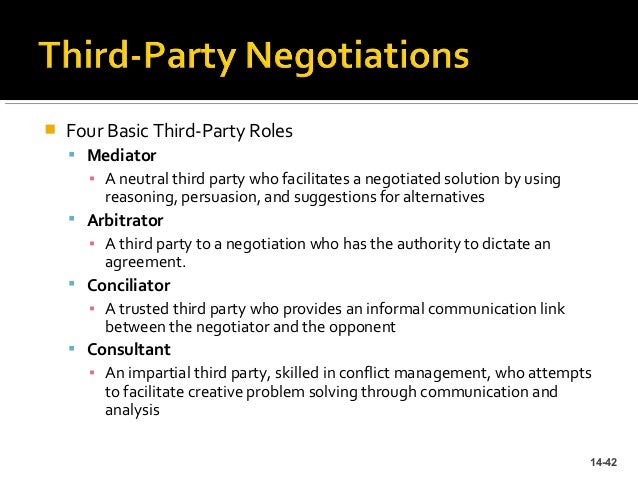

Leaders may quickly recognize the mental fatigue that can come from cognitive labor and the wear and tear from physically pushing through long days or sleepless nights. Here’s how: Recognize emotional labor as labor To avoid these costs, organizations must support their leaders in managing the emotional labor they perform.

In turn, organizations risk decreases in productivity and performance and high turnover of leadership talent. Unmanaged, it puts leaders at an increased risk of burnout and health issues. Without proper support, there will be significant costs to this additional burden of emotional labor. They should appear authentic, but if they get too honest about their distress, others may lose confidence in their leadership, known as the “ authenticity paradox.” Leaders are expected to attend to employees’ mental and physical health and burnout (while also addressing their own), demonstrate bottomless sensitivity and compassion, and provide opportunities for flexibility and remote work - all while managing the bottom line, doing more with less, and overcoming challenges with hiring and retaining talent. And now, due to changes in the work landscape, the emotional labor leaders must perform is greater than ever.

In fact, research suggests that leaders perform emotional labor with a frequency matching that of front-line service workers who must consistently deliver “service with a smile.” Given leaders’ substantial influence over group moods and emotional states and how these impact organizational performance, this emotional labor is essential.ĭespite its importance, however, it has historically been overlooked by academics and organizations alike. This emotional labor, whereby leaders manage their feelings and expressions to fulfill the expectations of their role, is substantial. Or notwithstanding their skepticism about the company’s strategic direction, they carry the company flag and work to rally the troops. They project optimism and confidence when team members feel thwarted and discouraged. Effective leaders have long managed the emotions they display at work.


 0 kommentar(er)
0 kommentar(er)
